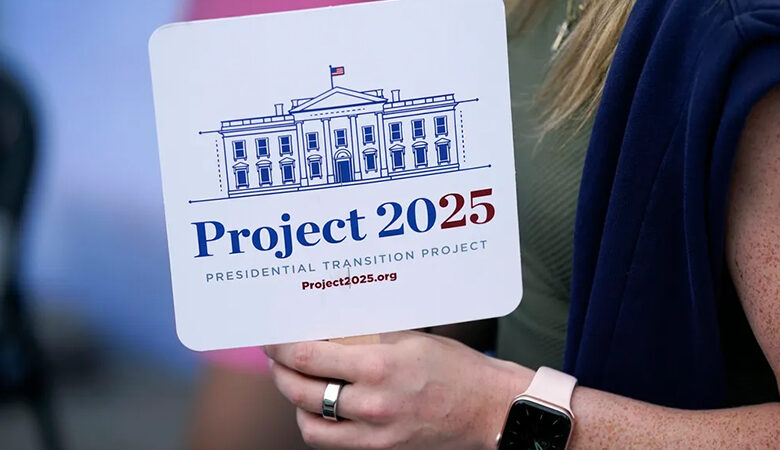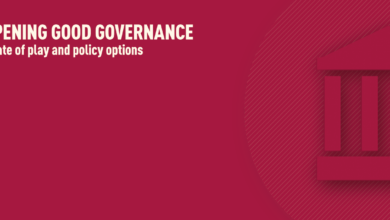The Heritage Foundation’s Answer to “Black and Hispanic” Jobs- Project 2025

It is time to critically assess the implications of such initiatives and advocate for policies that support and uplift all Americans, ensuring that no community or groups of people are left behind.
The Pros and Cons of Project 2025 and the Impact on Black, Brown, and Indigenous Communities in America
Project 2025, also known as the 2025 Presidential Transition Project, aims to reshape America’s political landscape under a conservative administration starting January 2025. Organized by The Heritage Foundation, the project builds on four pillars: policy agenda, personnel, training, and a 180-day playbook. This ambitious initiative seeks to ensure that the next conservative administration is well-prepared to govern effectively from day one. However, the implications of such a project, especially for Black, Brown, and Indigenous communities in the United States, including women, need thorough examination.
Project 2025 emphasis is about being prepared, if you stay ready you don’t have to get ready. Having a well-defined policy agenda and trained personnel ready to implement it, the project aims to ensure a smooth transition of power. This level of organization could lead to more efficient governance. The project believes having the right people in key positions will provide a morale compass. Paul Dans, director of the project, and Spencer Chretien, associate director, bring experience from the Trump administration. Placing skilled individuals in roles that are critical for implementing conservative policies effectively- (sounds like oppression.)
Conservatives often advocate for policies that promote economic growth for the wealthy with tax cuts and deregulation, ignoring the middle class and lower classes of people. If implemented successfully, the creators of this agenda will apply policies that stimulate job creation and economic opportunities for a select few The primary concern of Project 2025 is the rollback of policies that protect Black, Brown, and Indigenous communities. The project’s alignment with The Heritage Foundation, which influenced the Trump administration’s policies, suggests a possible return to policies that are regressive.
Conservative administrations advocate for reduced government spending on social programs. This would exacerbate existing inequalities and hinder efforts to achieve social justice. Furthermore, the conservative approach to criminal justice has historically emphasized law and order, sometimes at the expense of reform. This could mean a continuation or expansion of policies that contribute to the over-policing and mass incarceration of Black, Brown, and Indigenous people, deepening the systemic issues within the criminal justice system. Which is in direct contradiction for those the system has worked in favor of.
These conservative policies are direct efforts to restrict access for women on reproductive healthcare, including abortion services. Limiting reproductive rights could have severe implications for the health and autonomy of women. Policies that do not address the wage gap, paid family leave, and affordable childcare could hinder economic progress for women and the growing number of single mothers.
Project 2025 represents a significant effort by conservatives to reclaim and reshape the direction of American governance. While the project promises streamlined governance and economic policies that could benefit some, there are substantial concerns. As the nation approaches the 2025 transition, it is time to critically assess the implications of such initiatives and advocate for policies that support and uplift all Americans, ensuring that no community or groups of people are left behind.
#employmentgap #economicempowerment #project2025
Post Views: 88
Read More




